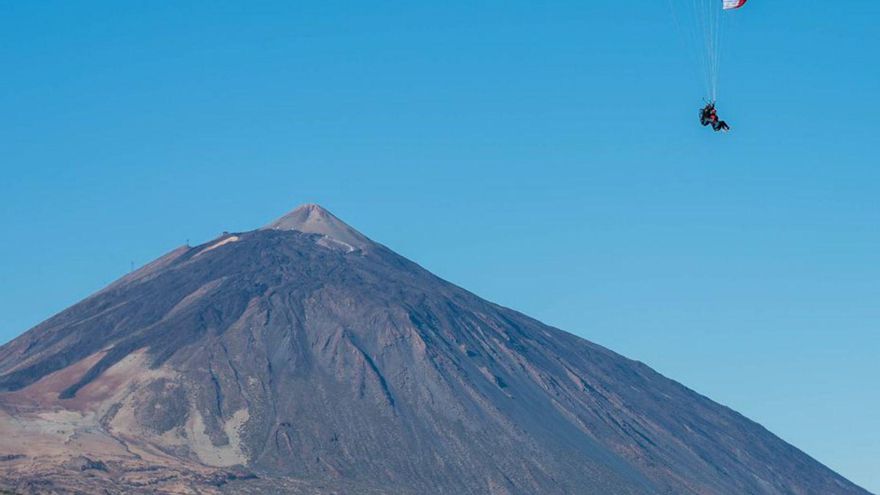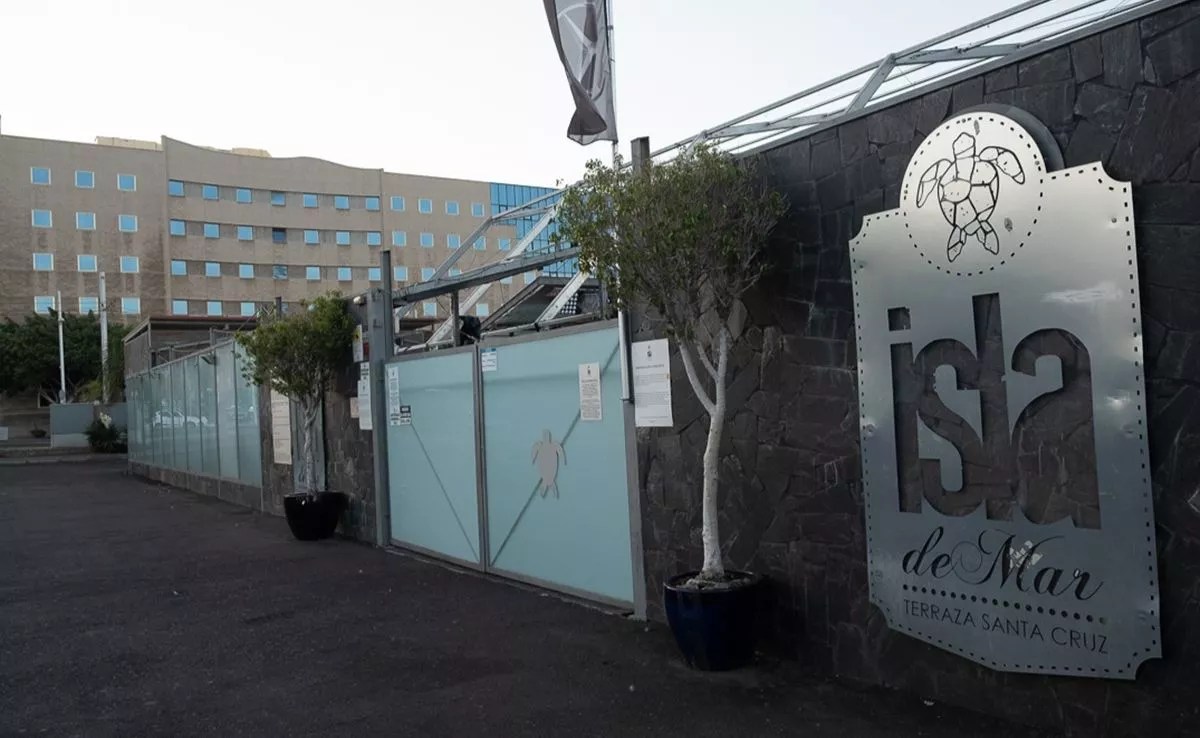
Mount Teidehad, TimanfayaTinguatón, Tao, Tagoro, Taburiente, Tajogaite… the list of volcanoes of Canary Islands that begin with T is so extensive that it leads one to wonder why the islander’s fondness for the twenty-first letter of the alphabet to name his mountains of fire.
The answer is in the roots of the traditional toponymy of the islandsclarify to Eph the professor of Spanish Philology Maximiano Traperoone of the greatest experts in this specialty of linguistics, author of “Los guanchismos. Dictionary of Canarian toponymy”reference work awarded by the Royal Spanish Academy.
“The Guanchisms that we can still observe in the traditional toponymy of the Canary Islands come from the Berber”explains Trapero, before recalling that in the North African language spoken by the first settlers of these Atlantic islands, the prefix “ta”, “te”, “ti” actually corresponds to the feminine article: in Spanish, “la”.
Actually, it is slightly more complex, it would be equivalent to “this is from… +feminine noun”. Its masculine opposite is the prefix “A”, also very frequent in toponymy of aboriginal origin, with names such as Agaete or Agáldar.
What does Teide mean, for example? In his dictionary, this scholar emphasizes that “it is difficult” to find an author who throughout history has been interested in “guanchisms” who has not paid attention to the word Teide.
There are different types of theories, with more or less historical-linguistic foundation and more or less epic, but in Berber “aydi” means “dog” and “t” + “aydi” could be “the kennel”.
“The Guanche toponym could be interpreted, from the Berber, as ‘kennel’ or ‘place where dogs live or abound.’ at night with eyes lit up like fire, whom they identified with the devil, and who lived inside the great volcano, from where the fire came”, defends the professor in “Los Guanchismos”.
If it is noted that the Canary Islands have always called the volcanoes “mountains” (the scientific word “volcano” was incorporated very recently into the toponymy), the list of “tes” on the map of the Canary Islands grows: Timanfaya , Tamdaba, Tinamala, Tinaguache…
The mountain of almost 200 meters high that generated the last eruption in Cumbre Vieja, in La Palma, after 85 days of fire and destruction still does not have an official name, but a popular consultation carried out among almost 4,300 people decided to call it Tajogaite ; again with “T”.
This week a scientific article has been published that already refers to that volcano by that name and the National Geographic Institute (IGN) has mentioned it in a statement today.
“‘Tagojaite’ is the name given to an area of the island of La Palma belonging to the municipality of El Paso and located south of Los Romanciaderos, close to Montaña Rajada”, explains the dictionary of Guanchisms. The current Tajogaite is a variant collected, initially, in oral uses, with the j and g changed places.
For its possible meaning, Trapero refers to another author, the Tenerife historian Juan Bethencourt Alfonso (1847-1913).
“Bethencourt says that in Tenerife ‘gaite’ means ‘the cake’, since the expression ‘gaites de haran’ referred to the flour cake made from fern roots, and that the expression ‘gaites de tofe’ was the same as ‘cakes of stiff’, that is to say, the gofio blanched and then roasted”, says the professor.
“If this interpretation were true, it could explain not only this place name, but also the previous ‘Tagoja'”, he adds, referring to a place name that appears in two places on La Palma, in Santa Cruz, the capital, and in Barlovento.
















